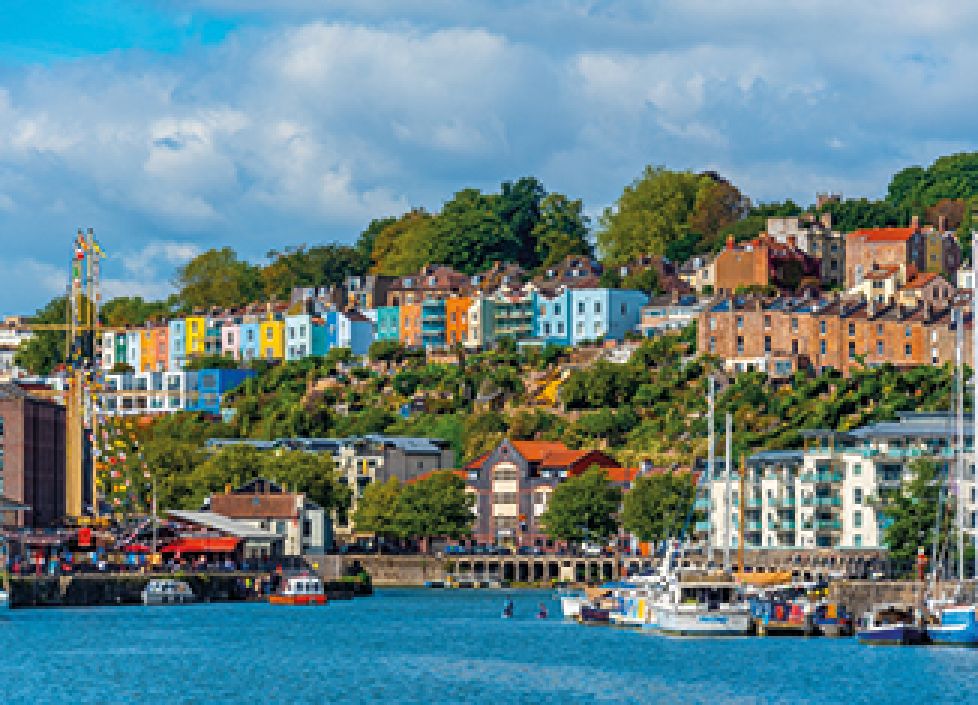In the UK a brownfield site is defined as 'previously developed land' that has the potential for being redeveloped. It is often, but not always, land that has been used for industrial and commercial purposes and is now derelict and possibly contaminated.
The lack of available green spaces for development purposes has meant that brownfield sites have become increasingly popular in recent years, especially in places where demand for residential and commercial property is high. It is estimated that there are over 66,000 hectares of brownfield sites in England, and around a third of these are in the high-growth areas of Greater London and the South East. The government has committed to developing brownfield sites as a priority and has already exceeded its 2008 target of building over 60% of new houses on brownfield sites.
The most common driver behind a contaminated land investigation is the planning conditions imposed on a development by a Local Authority. Such conditions are often associated with a change to a more sensitive end use, from commercial, industrial or agricultural to residential. Alternatively, planning conditions can be stipulated if a Local Authority is aware of a significant source of ground contamination, such as a landfill site or historical pollution incident, in the general vicinity of a study site.




















